6 lesser-known Croatia destinations you may not have considered
The historic island, sleepy archipelago and river retreats to have on your holiday radar

Your support helps us to tell the story
From reproductive rights to climate change to Big Tech, The Independent is on the ground when the story is developing. Whether it's investigating the financials of Elon Musk's pro-Trump PAC or producing our latest documentary, 'The A Word', which shines a light on the American women fighting for reproductive rights, we know how important it is to parse out the facts from the messaging.
At such a critical moment in US history, we need reporters on the ground. Your donation allows us to keep sending journalists to speak to both sides of the story.
The Independent is trusted by Americans across the entire political spectrum. And unlike many other quality news outlets, we choose not to lock Americans out of our reporting and analysis with paywalls. We believe quality journalism should be available to everyone, paid for by those who can afford it.
Your support makes all the difference.First came must-visit Mallorca in the boozy Balearics, then the beloved blue and white Cyclades and now – Croatia has firmly asserted itself as the cool kid of European summer holidays.
From the Adriatic-adjacent Dalmatia coast to the charming region of Istria, the left wing of Eastern Europe is littered with walled Unesco cities, countless coves and flowing waterfalls.
Of course, in the summer this means Split sweats with tourists, Dubrovnik threatens to burst through its stone ramparts and Hvar Island inevitably trends on TikTok wishlists.
Thankfully, hidden between the big hitters, traditional towns, quiet islands and laid-back cities are on hand to offer less sought-out slices of the diverse Balkan country.
To open your eyes beyond the city-break classics, here are some of the sun-drenched destinations that are more ‘under the radar’ in Croatia’s competitive tourism arena.
Read more on Croatia travel:
Primosten, Šibenik-Knin
Best for: Cafe culture
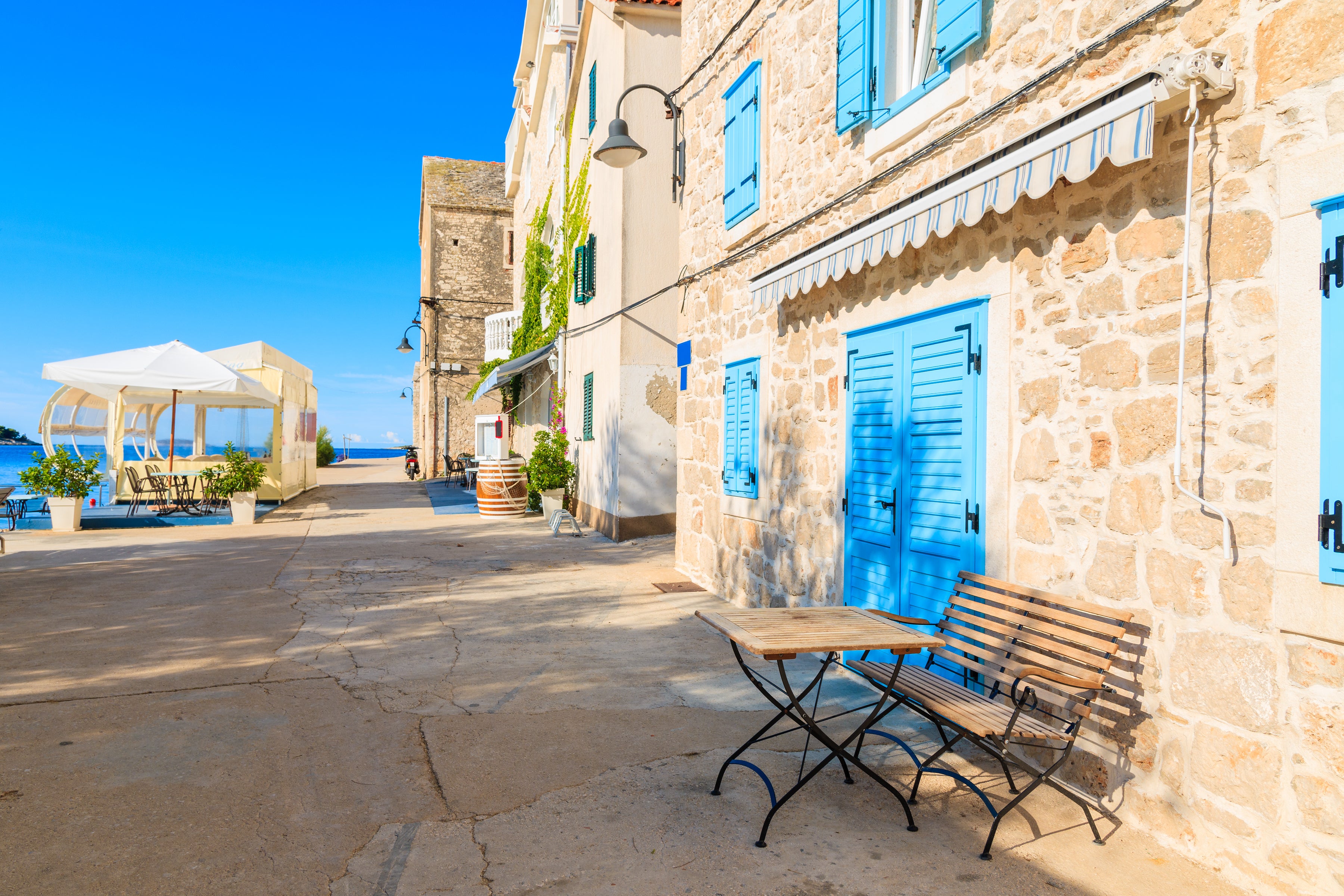
Just an hour from tourist magnet Split, Primosten spills down hills and over a narrow causeway on the Dalmatian coast. St George’s Church 1485 bell tower stands tall above a paved promenade bursting with quayside cafes, ice cream offerings and the horseshoe-pebbled bay of Raduca Beach. After sunset, live music lights a fire under dancing locals in the main square and Aurora nightclub, the beach bars chatter and souvenir stands stay open late as Primosten parties.
Where to stay
In the heart of Primosten old town, Pansion Kamenar’s airy rooms overlook the lively main square. Aside from the comfortable beds and attached restaurant serving traditional Dalmatian cuisine, stone terraces have the best seats in the house for the town’s summer concerts.
Read more: Best hotels in Dubrovnik
Vis, Biševo
Best for: History buffs
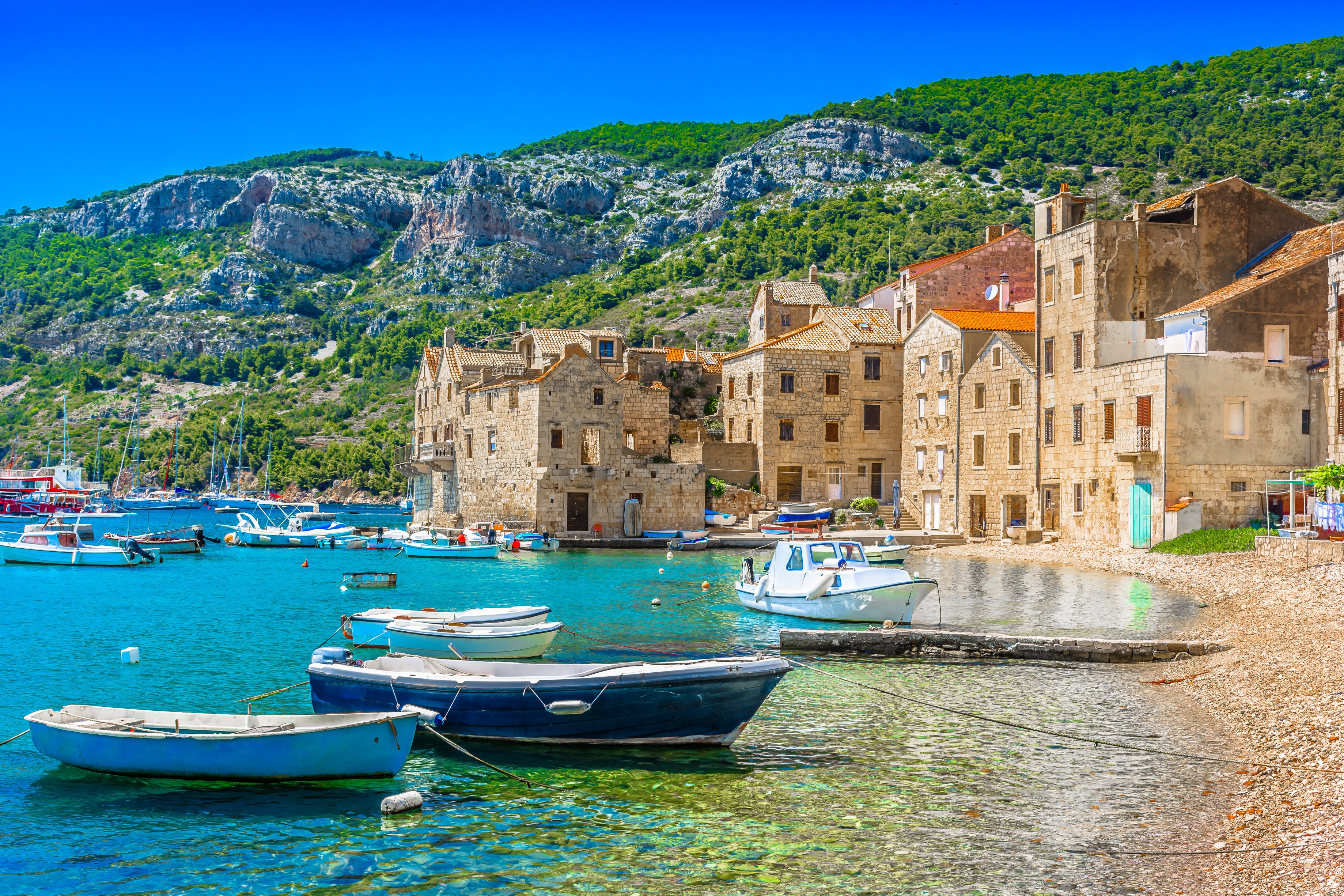
If it’s history you want, sleepy Vis, the last pearl on Croatia’s clear Adriatic coastline, is a wildflower-flecked island of military significance. Tours of Cold War-era tunnel networks including the ARK Vela Glava wind to Hum Peak – the island’s highest point – an English RAF memorial overlooks a white stone beach and Tito’s Cave was once a hideout from invading Nazis during WW2. Mamma Mia! Here We Go Again fans could also argue Vis’ current cultural significance; the ABBA sequel was filmed among the vineyards and olive groves of the isle’s Greco-Roman towns in 2017.
Where to stay
Hole up in the family-run Hotel San Giorgio, in the centre of Vis, for modern rooms, citrus-studded gardens and charm to boot. In the seafood-centric restaurant local produce is paired with pours of wine and the continental breakfast is complimentary to your stay.
Neretva delta
Best for: Active adventures

Just north of Dubrovnik, the Neretva delta, at the mouth of the Bosnia-sourced River Neretva, flows into the Adriatic in a slice of ‘quaint’ Croatia. Beaches, verdant valleys and turquoise shallows are built for active adventures as kiteboarders whizz along sandy Opuzensko Usce, cyclists pedal to micro-vineyards and kayaks paddle canals upriver to the turquoise Baćina Lakes. Take a boat safari to taste local delicacies, everything from citrus fruits to frogs and eels.
Where to stay
Slightly upstream in Opuzen, Boutique Rooms Kican hugs the river bend with modern double rooms, sun-soaked balconies and a continental breakfast included.
Brijuni National Park, Fažana
Best for: Island hopping
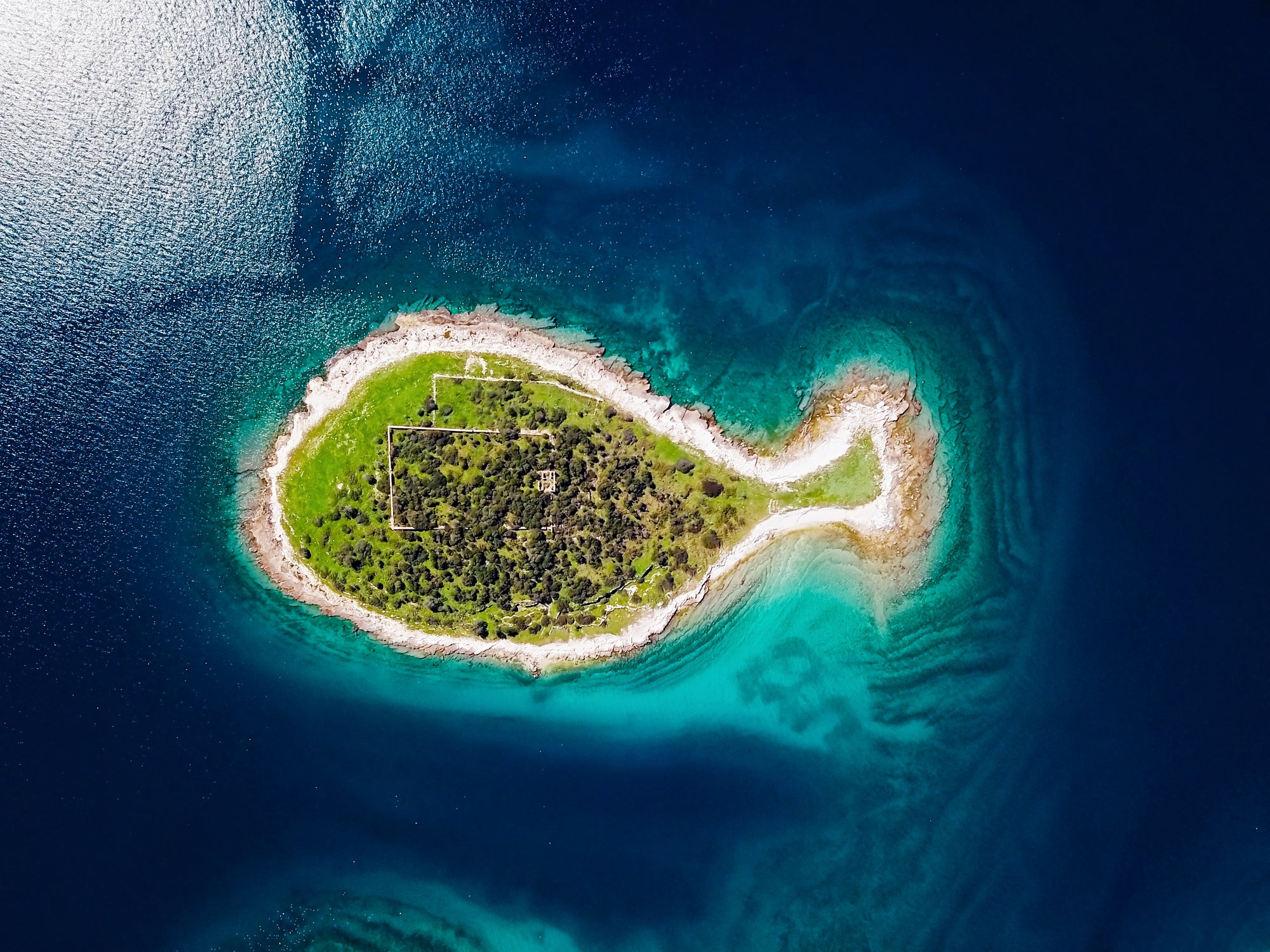
This Adriatic archipelago off of Istria is home to 14 islands carpeted with forest, once the summer playground of former Yugoslavian President Tito and his Hollywood cohort. The Brijuni islands, a designated national park since 1983, are a dream to discover swimming spots, Roman remnants and subtropical gardens – there’s even a golf course and safari park on Veliki Brijun of animals personally gifted to the Yugoslav communist. Board a guided boat tour to see the best of the isles natural beauty from the water.
Where to stay
To stay the night on the Veliki Brijun Island, the Hotel Istra has stylish rooms and a terraced Mediterranean restaurant, a stone’s throw from the island’s tourist train and safari park.
Sibenik
Best for: City breaks
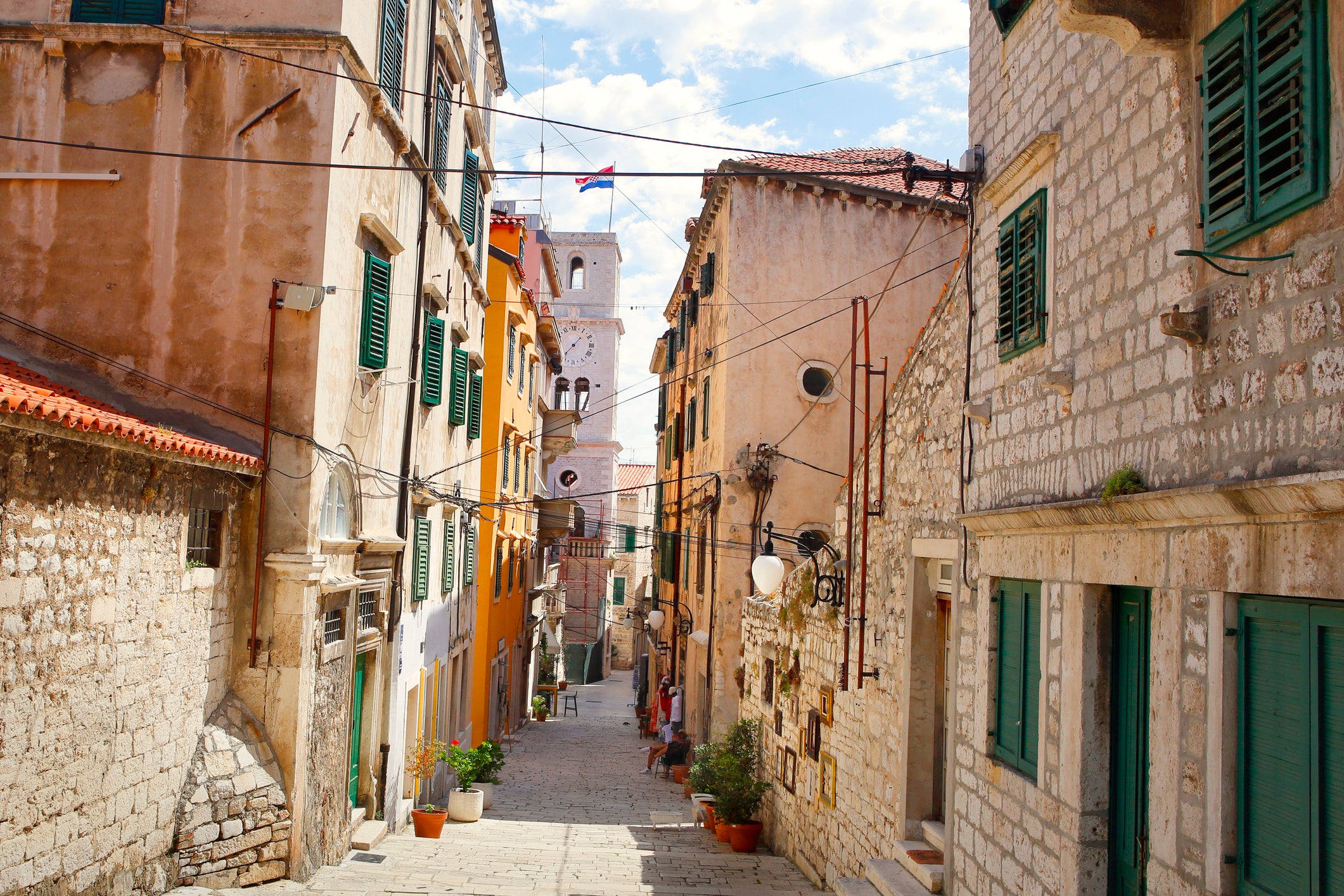
Swap Dubrovnik for northern Sibenik for all the ingredients of a Croatian city break without the crowds. Set on a Dalmatian hillside it’s easy to get lost in the elaborate facades, medieval lanes and Unesco-listed St James’ Cathedral in Sibenik’s fortified pedestrian old town. There are also four defensive stone forts, a waterfront of traditional restaurants and an archipelago of 249 boat trip-worthy islands to explore between scoops of refreshing almond, fig and mascarpone Roman gelato.
Where to stay
On the waterfront, Armerun Heritage Hotel & Residences is a stone palace of sun terraces, sparkling sea views and spa baths, with the commended on-site Buta restaurant to try for classic Croatian cuisine.
Rastoke, Slunj
Best for: Waterfalls
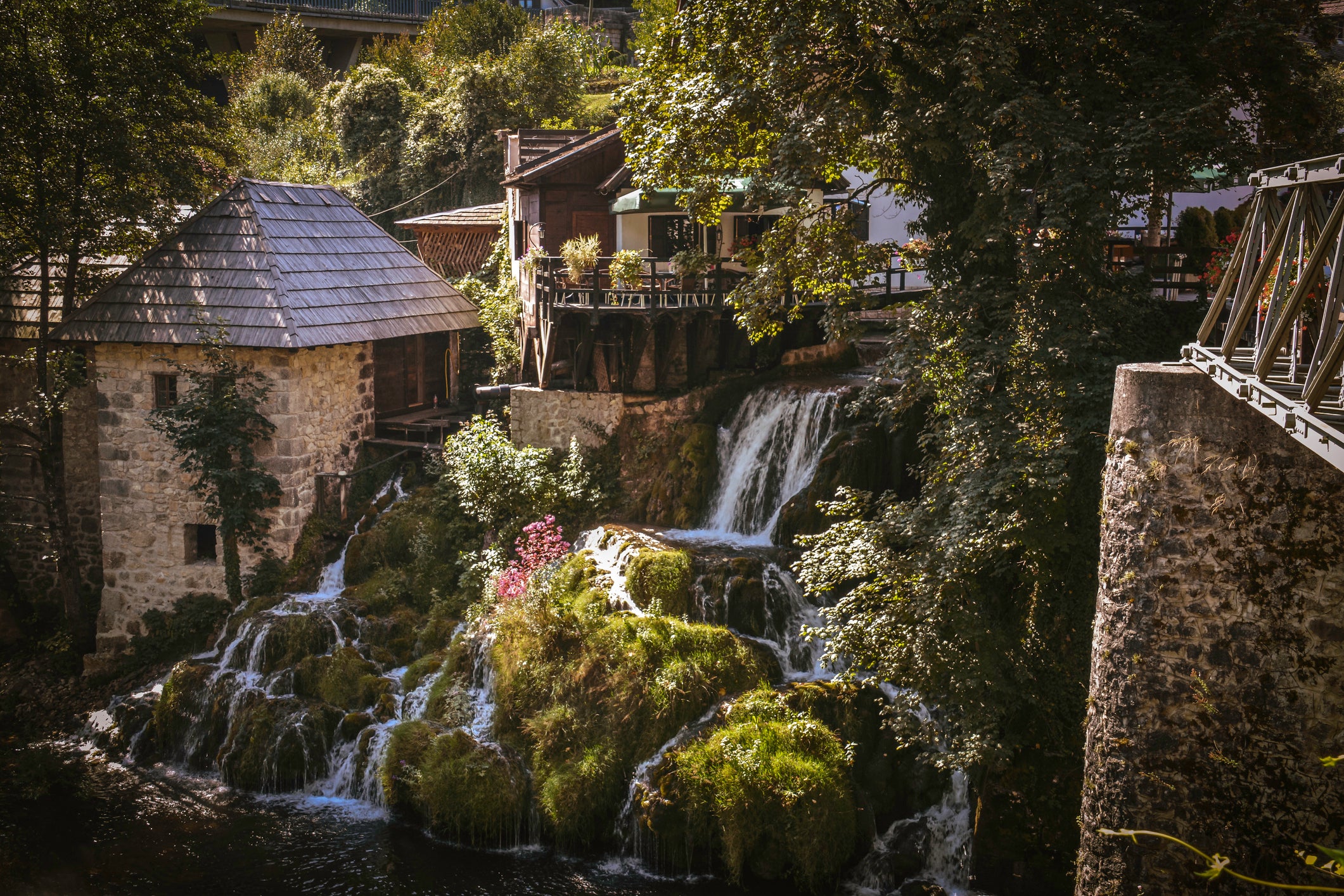
Without a doubt, waterfalls are a highlight on many Croatia itineraries, with the Plitvice Lakes and Mrežnica River falls drawing in plenty of visitors come the summer season. Inland, the village of Rastoke flows with similar falls, wood-shingled cottages and rivers for rafting. It’s easy to embrace the fjaka state of mind – the Dalmatian art of aspiring to do nothing – while learning the folklore, wandering the wooden bridges and tucking in to plates of fresh trout.
Where to stay
At Guest House Nena there’s colour, comfort and lush gardens just a stroll from the Korana and Slunjčica waterfalls. With horse riding, cycling and fishing on offer there’s plenty for guests to do between the falls.
Read more: Off-season Croatia: why you should head to the holiday hotspot before summer hits
Join our commenting forum
Join thought-provoking conversations, follow other Independent readers and see their replies
Comments